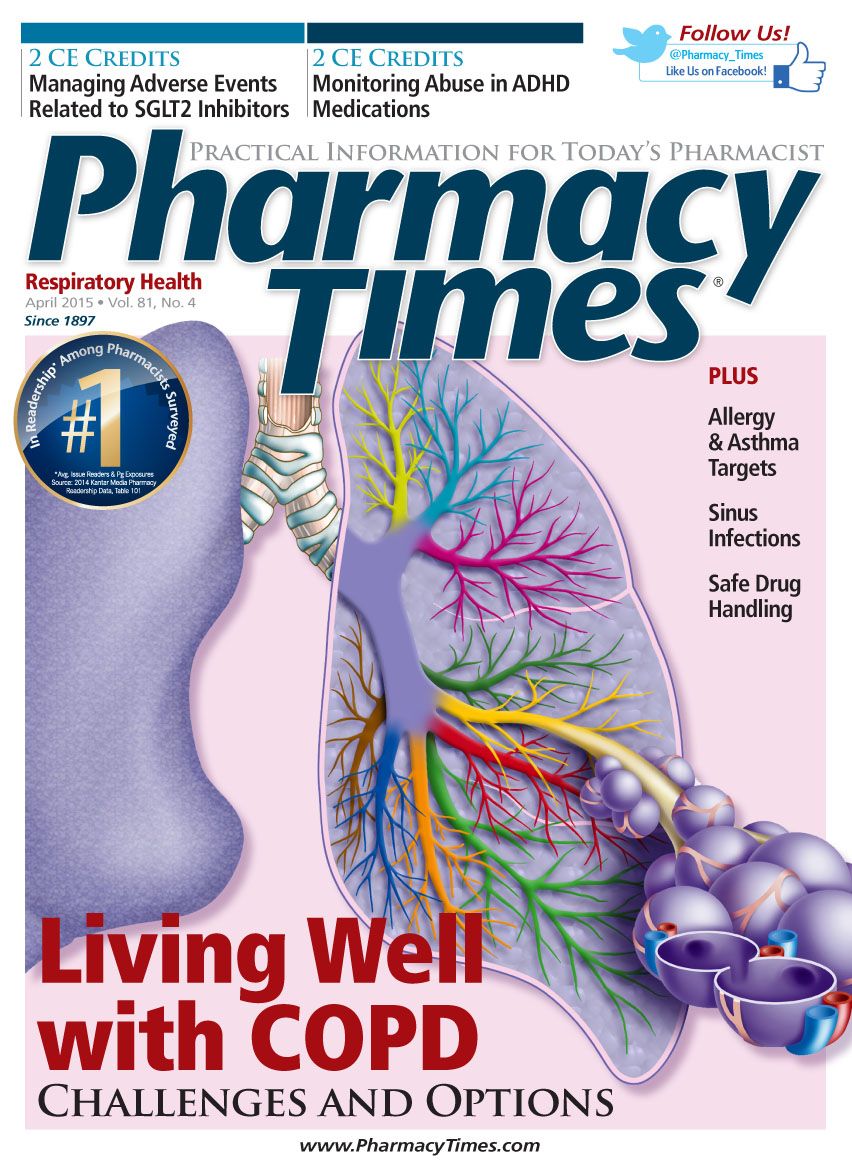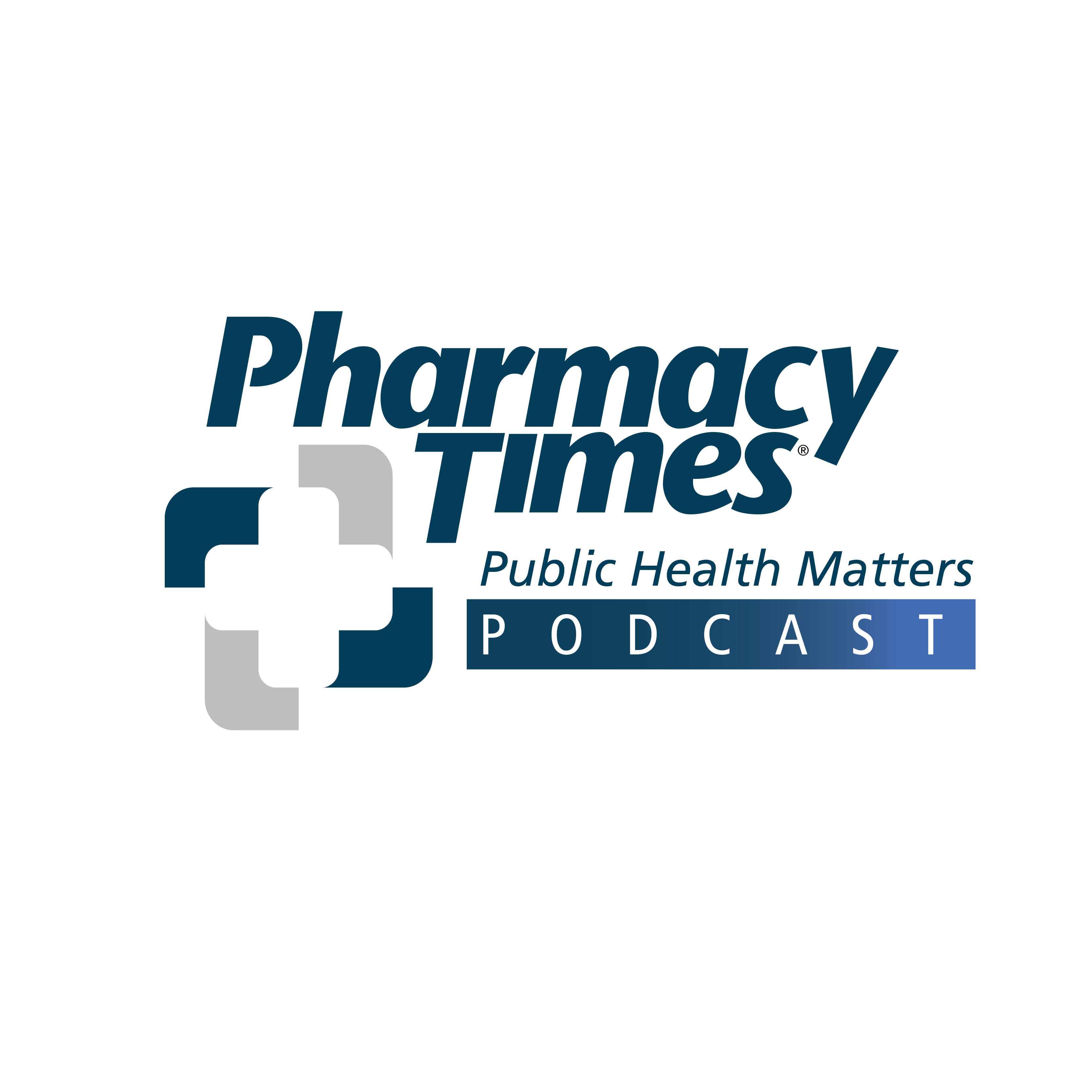Publication
Article
Pharmacy Times
Dazed and Confused
Author(s):
Patients who suffer from chronic conditions are at a higher risk for medical-related episodes and errors.
Patients who suffer from chronic conditions are at a higher risk for medical-related episodes and errors. These patients take several different medications, visit a variety of disparate health care providers, and frequent multiple pharmacies. Often, these patients also experience short- or long-term changes in their health where maintenance therapy may need to be adjusted.
Refill medication counseling is an excellent opportunity for the pharmacist to identify vulnerable patients. By asking openended questions about possible concerns or changes, it is easy to determine if further review is necessary. Brown bagging offers a smooth introduction for a pharmacist to participate in and offer extended counseling, such as medication therapy management (MTM), and is an essential safety and educational tool for the pharmacist to provide quality health care.
A brown-bag checkup requires patients to gather all of their current medications— including any OTC, mail order, or herbal products—into a “brown bag.” The patient and the pharmacist then review the medications together. The pharmacist can help identify any potential problems or concerns that may require additional follow-up with the prescriber or discussion through an MTM session. During the checkup, the pharmacist should first compare the medications on hand to those listed on a patient’s pharmacy profile. He or she should then check for duplication of therapy, and identify any potential drug interactions. Medications also need to be verified for the correct dosage strength and frequency, and the pharmacist should identify if any outdated or discontinued medications are being used by the patient. Providing an updated medication list to the patient at the end of the brown-bag session helps ensure that the patient will be able to share accurate information about their medications with any provider.
Participating in a brown-bag checkup session is not only helpful to a patient suffering from a chronic condition, it also serves as a useful safety tool for pharmacists to assess patient adherence. Brownbag checkups can show how well patients understand both their conditions and their medications, especially their purpose and directions for proper usage. They provide insight into a patient’s lifestyle and quality of care, presenting the opportunity to develop a patient—pharmacist relationship that promotes loyalty, trust, medical error prevention, and more individualized and comprehensive services.
Pneumonia
Community-acquired pneumonia is a common and potentially serious illness, especially in elderly patients and those with significant comorbidities. Prevention and early identification can have a positive impact on infected individuals, health care economics, and the community.
CB is a 67-year-old man who is a relatively new customer to your pharmacy. Today, he stops in the pharmacy to pick up his late refill prescriptions for atorvastatin and metformin. You counsel him on potential misuse and explain the concept behind a brown-bag session. While counseling him, you notice that CB seems confused and is coughing. You ask him if everything is okay, and CB hesitates before responding. He explains that he has had a headache and fever since last night, and this morning started feeling short of breath. You tell CB that due to his chronic disease states, you believe he would be an excellent candidate to participate in a medication review. On a more urgent note, you suggest he make a visit to your neighboring clinic to have his symptoms evaluated. CB is interested in the medication review and takes your advice to immediately stop by the clinic; he admits that he cannot afford a costly hospitalization.
CB returns to the pharmacy that afternoon to tell you he was diagnosed with pneumonia. His physician prescribed him an antibiotic and inhaler. CB hands your technician the scripts to fill, along with a bag of all of the medications he is currently taking. CB also asks for your recommendation on OTC therapies to help treat his symptoms. To prepare for your counseling session, you pull up CB’s pharmacy profile:
• Enalapril 20 mg once daily
• Furosemide 20 mg once daily, every morning
• Atorvastatin 40 mg once daily, every evening
• Esomeprazole 40 mg once daily
• Paroxetine 20 mg once daily
• Metformin 500 mg twice daily
You then empty his brown bag and notice these additional medications:
• OTC aspirin 325 mg once daily
• Calcium carbonate 1000 mg once daiy
• Adult multivitamin once daily
• OTC omeprazole 20 mg once daily
• OTC fish oil 4 capsules daily
• Clopidogrel 75 mg once daily, expired, filled at competitor pharmacy 2 years earlier
• Albuterol inhaler, expired
As you review the medications for accuracy, you also double-check the dosing and instructions on his new medications to treat his pneumonia. CB confides that he cannot remember the last time he had laboratory work performed to check his cholesterol or glucose levels; he promises to be proactive in obtaining blood work when he returns to the clinic later in the week to follow up on his pneumonia treatment. CB has also been monitoring his blood pressure more frequently at the pharmacy, and has questions about goals and diet. You instruct him on how to take a reliable blood pressure reading, and refer him to websites that can assist with a heart-friendly diet. You obtain a more thorough medical history and discover CB has 3 cardiac stents, but is not actively seeing a cardiologist. He is very interested in participating in the MTM session you propose as a follow-up.
Dr. Drury works as a clinical pharmacy specialist in Chicago, Illinois, and Milwaukee, Wisconsin. She earned her doctor of pharmacy from Midwestern University College of Pharmacy. Her blog, Compounding in the Kitchen, an innovative amalgam of pharmacy and cooking, appears on www.PharmacyTimes. com/blogs/compounding-in-the-kitchen. Read, and enjoy!







